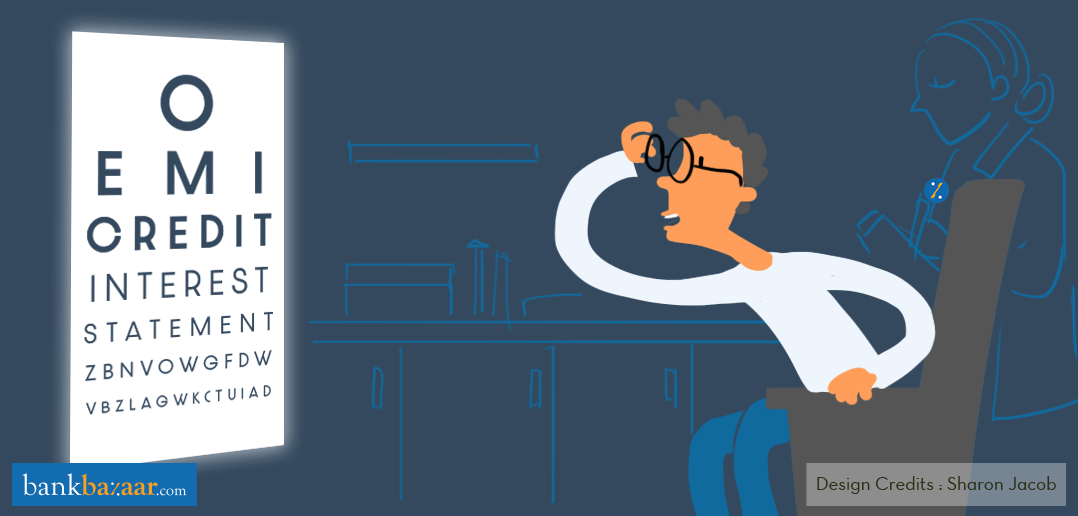Beginners often find themselves in a tough spot when it comes to reading a Credit Card statement. Here’s a step-by-step guide to help you understand it better.

After months of research, analysis, and second thoughts, you have finally gifted yourself a Credit Card. You have even made your purchases online and received great cashbacks at your favourite restaurants. At the end of the month, however, you receive a Credit Card statement that summarises your little exploits in numbers that you can neither decipher nor explain.
Now what?
For those just starting out, Credit Card statements can be surprisingly hard to read. Although you can always go right ahead and pay the due amount, it helps to know the individual elements in your monthly statement.
After all, you wouldn’t want to pay for something that you didn’t buy, would you? So, let’s get cracking.
Additional Reading: Credit Cards That Can Actually Save You Money
-
Payment Due Date
This is the most important element in your Credit Card statement. Generally, most Credit Cards come with an interest-free period of 45-50 days. What it essentially means is that if you pay back within this timeframe, you won’t have to pay any interest on your transactions. Interest rates on Credit Cards are quite high and therefore, it is never a good idea to miss this golden window of opportunity.
-
Account Summary
The account summary gives you a comprehensive lowdown of all that’s going on with your Credit Card. If you check your account summary, you will find everything you need to know about the transactions you made in the billing cycle.
-
Minimum Amount Due
This is the minimum amount that you need to pay in order to avoid a late payment fee. However, do keep in mind that with this feature, you are only paying the minimum amount payable while the rest of the amount is still attracting a high rate of interest.
-
Billing Cycle
Billing cycles vary from one Credit Card to another. For instance, if your billing cycle is 5th April to 4th May, it means that the payment due date is 4th May. On 4th May, you can either pay the entire amount or pay the minimum amount due and get off without paying a late fee.
-
Total Credit Limit
The credit limit is the maximum amount that your Credit Card allows you to borrow. If you have a good payment record, you can negotiate with your bank for a higher credit limit.
-
Available Credit Limit
The available credit limit is the amount that is available for you to spend. If your credit limit is Rs 30,000 and you have already spent Rs 5,000, you will find Rs 25,000 as your available limit.
Additional Reading: 4 Factors That Determine Your Credit Card Limit
-
Cash Limit
It is the maximum amount of cash that you can withdraw with the help of your Credit Card. Cash advance is just like withdrawing money from an ATM except Credit Cards charge extremely high interest rates on these withdrawals.
-
Rewards Point Summary
Some Credit Cards offer reward points for the transactions you make. In this section, you will find a summary of all the credits you have earned or redeemed.
Additional Reading: The Mystery Behind Credit Card Rewards
-
Transaction Details
The transaction details contain information pertaining to the transactions you have made. If you think there is a discrepancy in the amount charged, you can always check your transaction details for cross-verification.
Whoa! That’s a lot of information to digest! No worries. Take your time but make sure you have a solid grasp of each of these elements before you go on your next splurging spree!
Need additional tips? We’ll get that for you as well.